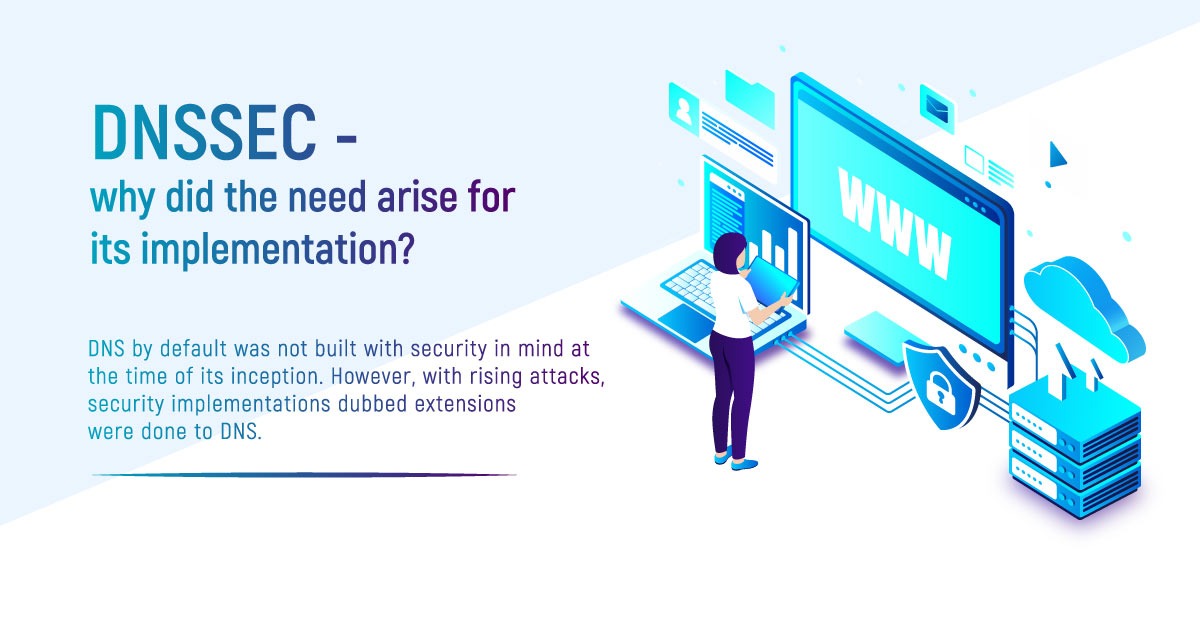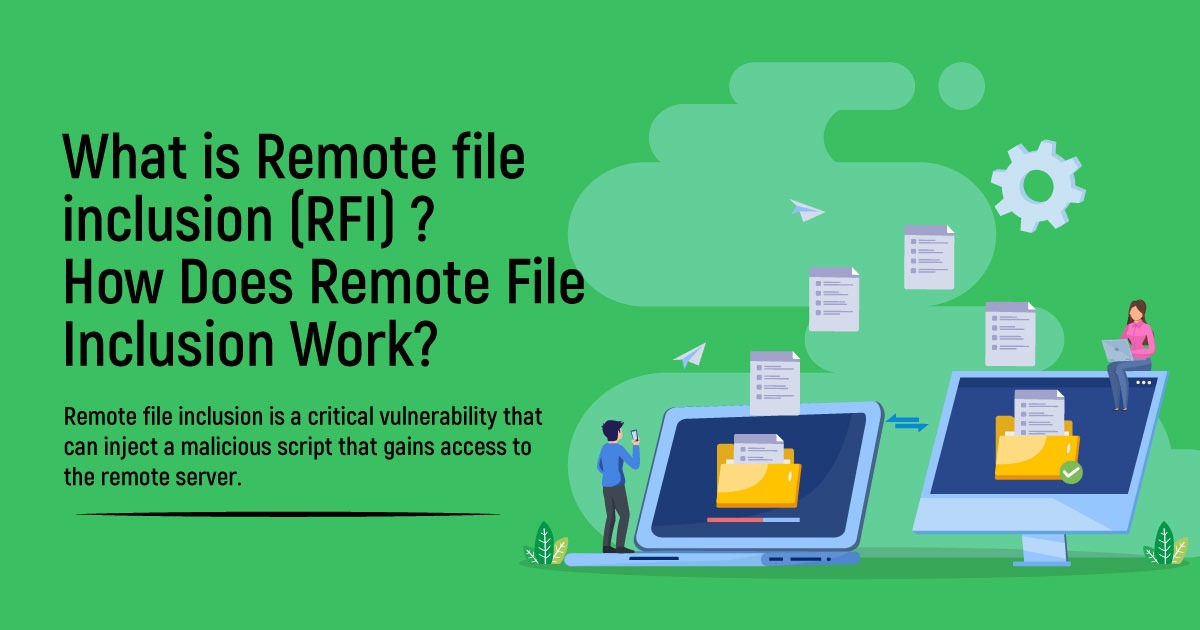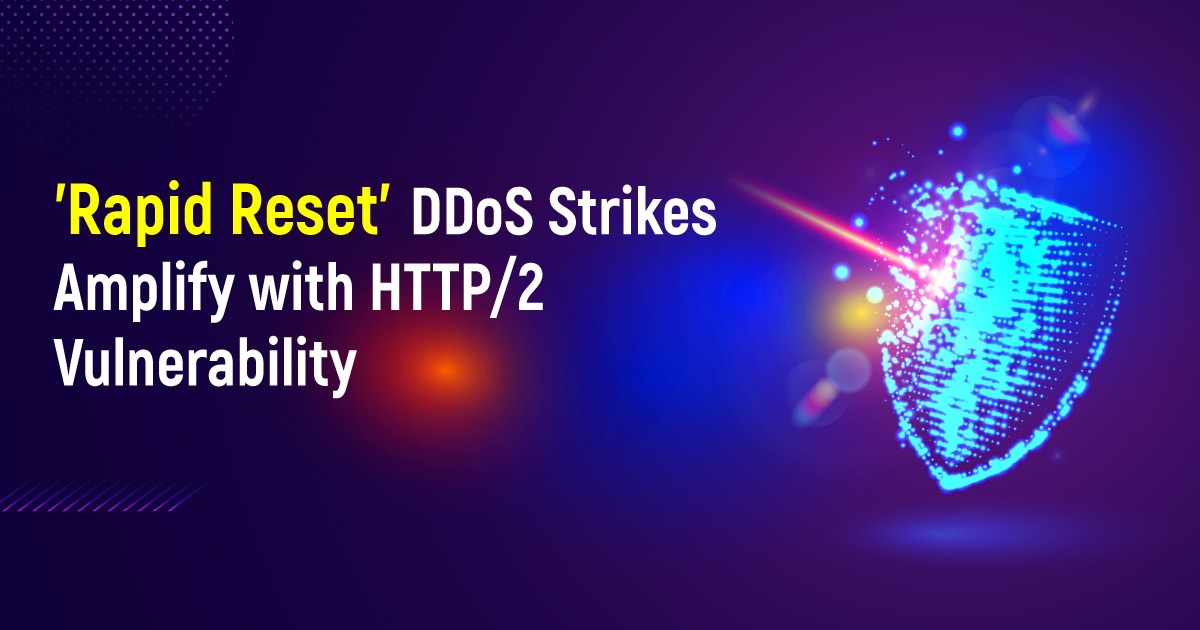What Is DDoS And How Does It Work?
Distributed Denial of Service (DDoS) is a type of cyberattack aimed at disrupting the availability of a target website, service, or network. Discover the methods used by attackers, the impact on targeted systems, and effective strategies for defense.
- Prasad G
- July 23, 2023
- 3:37 pm
- Community
Understanding the Mechanics Behind Distributed Denial of Service
DDoS, or distributed denial of service, is a type of cyberattack that attempts to disrupt the availability of a specific website, service, or network. A DDoS attack attempts to deplete a target’s resources, such as bandwidth, processing power, or memory, making it inaccessible to legitimate users.
Here's how a typical DDoS attack works
Botnet Formation:
To create a botnet network, the attacker gathers many compromised computer systems, and the vulnerability of these computers to remote attacks is heightened by recurring malware infections.
Command and Control (C&C):
The attacker uses a system of instructions and control that allows them to control their network of infected computers.
Surveillance:
An attacker will first identify their intended target, usually a website or a network, then continue to gather information about their IT structure, such as vulnerabilities and resources.
Attack Initiation:
The attacker guides the botnet in bombarding a significantly excessive number of connections or requests toward one target at a time. Due to the overwhelming amount of traffic that swamps a system’s resources, it is difficult for authentic requests to be processed.
DDoS attacks can take various forms, including:
Volume-based Attacks:
Network bandwidth consumption occurs when a high volume of traffic consisting primarily of UDP or ICMP packets is sent to the target and inundated.
TCP/IP Exhaustion Attacks:
Limitations in network protocols can be employed to exhaust server resources; a notable example is the SYN flood attack, where overwhelming amounts of SYM packets are transmitted to overwhelm the server’s connection capacity.
Application Layer Attacks:
To drain server resources and take advantage of particular weaknesses in a target’s application layer, application layer attacks endeavor to achieve.
Defense Mitigation:
To avoid the adverse consequences of these attacks, organizations employ various DDoS mitigation methods and solutions. One way to address this issue is by applying traffic filtering or rate limiting.
Conclusion
The goals of DDoS attackers vary but can include demanding payment or creating disruptions to systems. Revenge is another common motive. Organizations need to be prepared with formidable security measures and rapid response strategies as the scale and complexity of DDoS assaults keep increasing over time.












